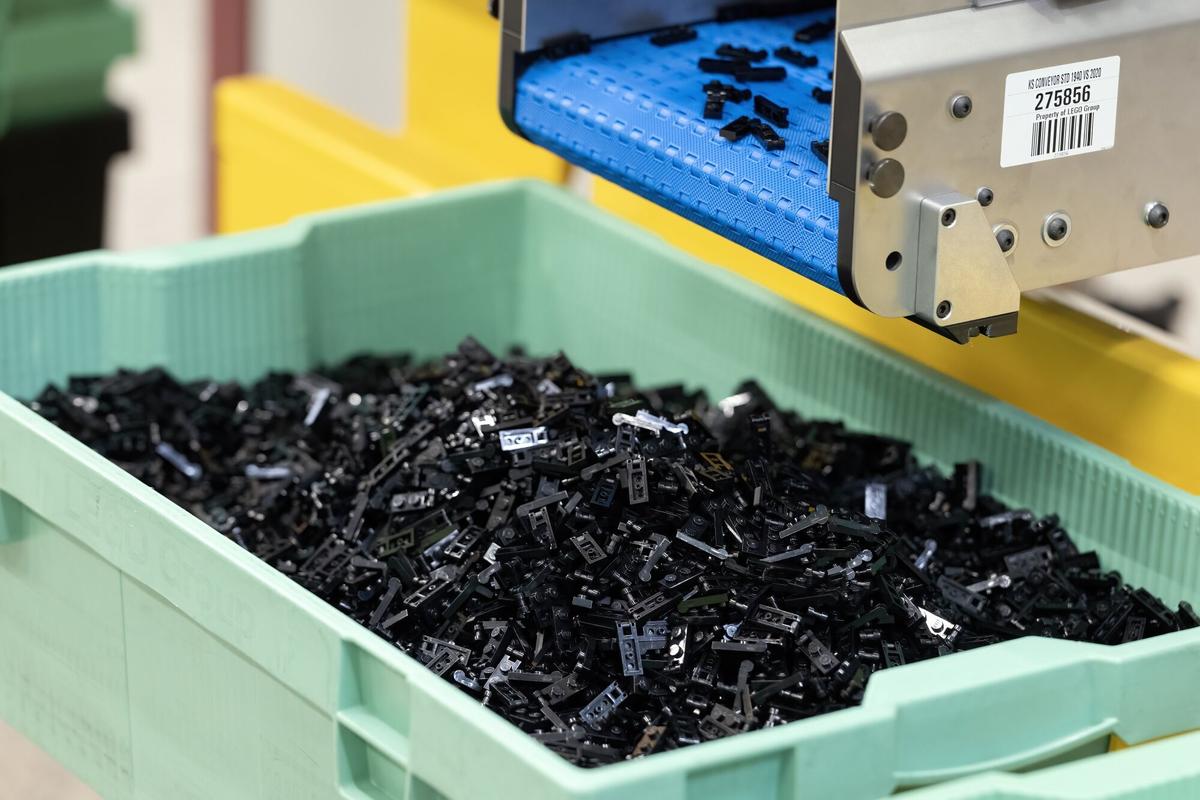Did you know one of your favourite toys as a child had a history worth hundreds of years? Building blocks have always played an important part in education, childhood development, and creative play for centuries. These simple yet profound learning tools have evolved from handcrafted wooden cubes to sophisticated digital and interactive sets, all designed to improve cognitive development and problem-solving skills. Philosopher and medical researcher John Locke, in his writings, also emphasised the importance of including play in learning and thus inspired the development of some of the early educational toys.
The earliest known building blocks were introduced in the 18th century by educationalist Friedrich Fröbel. Fröbel, who was the founder of kindergarten, introduced “Fröbel’s Gifts” in the early 1800s, a set of geometric blocks that encouraged children to explore shapes, structures, and patterns. These blocks laid the foundation and influenced the design of modern building blocks. His ideas revolutionised childhood education by fostering problem-solving skills, creativity, and logical thinking.
Future in blocks
Soon, wooden blocks became a popular educational tool, particularly in Europe. Teachers and parents used them to introduce children to basic arithmetic and creative design. These early blocks were usually handcrafted from wood, featuring simple geometric shapes. The 19th and early 20th Centuries saw a significant expansion in the popularity and accessibility of building blocks. Companies such as Anchor Blocks in Germany and Milton Bradley in the United States began mass-producing educational blocks with standardised shapes and sizes.
During this era, educators increasingly recognised the value of building blocks in teaching practical concepts. They were integrated into school curricula to teach mathematics, problem-solving, physics, etc.
Did you know?
Created by Otto Lilienthal and his brother Gustav, anchor blocks were inspired by Fröbel’s Gifts. They developed stone-based building blocks that could be used to make architectural structures, helping in improving your understanding of construction principles. These have been on the market since the 1800s and have lasted two world wars and much more!
Leg(o)endary innovations
A major milestone in the evolution of building blocks occurred in 1932 with the introduction of LEGO in Denmark. LEGO revolutionised the traditional block by creating an interlocking brick system that provided endless possibilities for creativity and construction. The interlocking design allowed children to build more complex structures, fostering a deeper understanding of spatial reasoning, engineering, and architectural principles.
With advancements in technology, building blocks have transformed into digital and interactive learning tools. Augmented reality (AR) and STEM-focused kits, such as LEGO Mindstorms and programmable robotic blocks, allow students to integrate coding, engineering, and design thinking into their play. These innovations continue to bridge the gap between traditional learning and modern technological education.
The 21st century has seen the rise of smart building blocks, such as programmable cubes and digital platforms that integrate with mobile applications. These blocks help introduce children to coding, robotics, and automation, preparing them for careers in science, technology, engineering, and mathematics (STEM) fields. Companies like Osmo and Cubetto have developed block-based learning systems that teach logic, sequencing, and computational thinking through interactive play.
Sustainability has also become a key focus in the production of modern building blocks. Many companies are shifting towards eco-friendly materials, using recycled plastics, biodegradable components, and ethically sourced wood to create sustainable learning tools. This shift reflects a growing awareness of environmental responsibility in educational product design.

Let’s look at the different ways building blocks have been used in education to date –
Mathematics: Building blocks help teach mathematical concepts such as counting, addition, subtraction, multiplication, and division as they enable the student to recognise numerical patterns, understand volume and measurement, and develop spatial awareness through stacking and arranging blocks. Blocks also helped in introducing geometry by allowing students to explore shapes, angles, and symmetry.
Physics, engineering and architecture: Fundamental physics concepts such as gravity, balance, force, and stability could be explored through building blocks. By trial and error, weight support, form holding, and durability of materials could be taught, serving as an early introduction to architectural and construction principles.
Language and communication: Younger students were encouraged to create narratives around their structures, enhancing their vocabulary and communication skills. Group activities involving blocks also help in teaching collaboration, discussion, and teamwork for personal development.
Problem-solving and creative expression: Building complex structures requires patience, perseverance, and creative problem-solving—skills that are crucial in real-world situations. It also provides an open-ended medium for artistic exploration. Children can create imaginative structures, experiment with colour combinations, and design intricate layouts that reflect their creativity.
Published – April 17, 2025 05:15 pm IST
